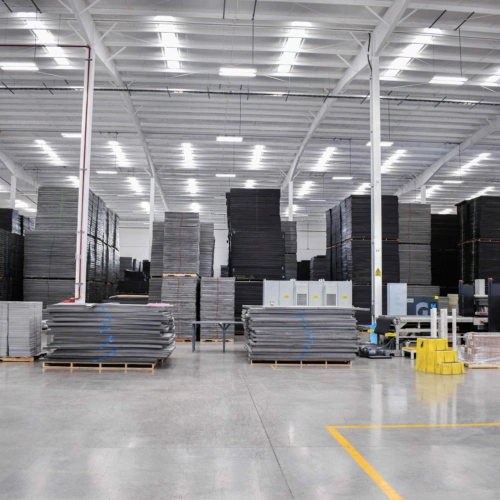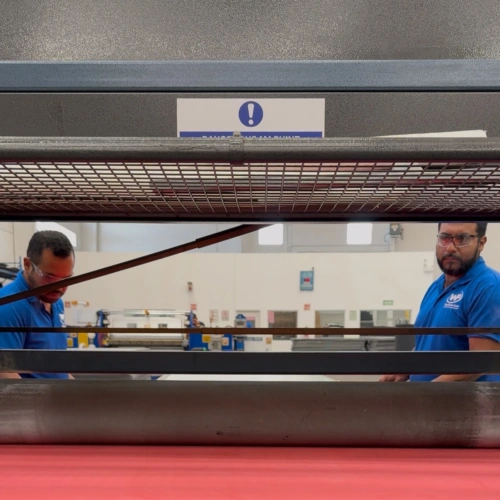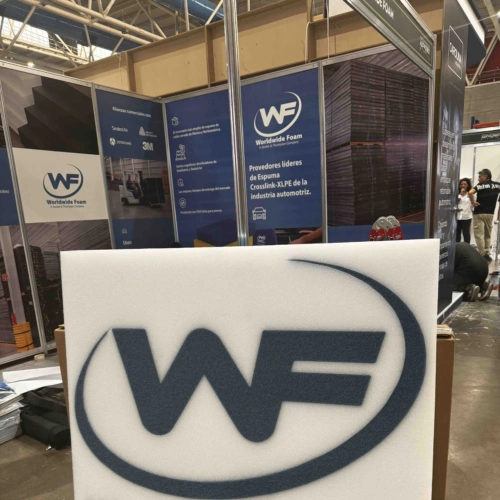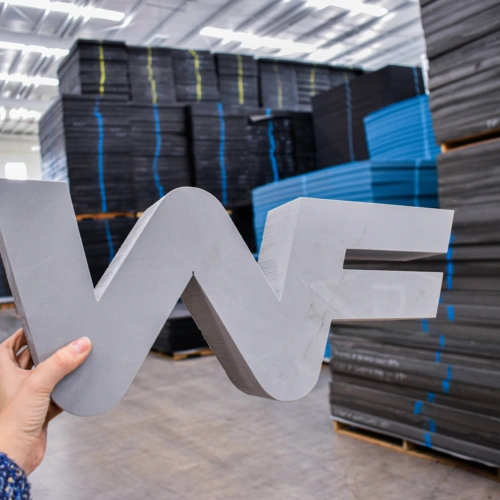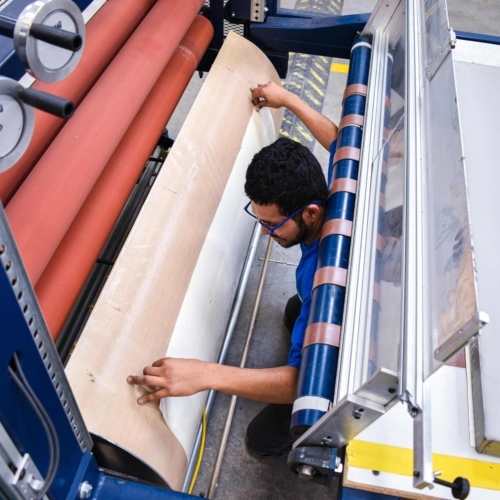| April 30, 2025
Polyethylene foam blocks are versatile, durable, and widely used across various industries due to their unique shock absorption, insulation, and strength properties.
Unlike foam rolls—which are typically thinner and more flexible—blocks offer greater thickness and rigidity, making them ideal for more demanding structural or protective applications, including building enhanced packaging structures.
In this article, we explain exactly what a polyethylene foam block is, how it differs from other forms like rolls, and explore five of its main industrial uses.
What is a polyethylene foam block?
A polyethylene foam block is a solid, large-volume piece made from expanded polyethylene foam—a closed-cell polymer known for being lightweight, water-resistant, flexible, and highly impact-absorbent.
This material is commonly available in block, sheet, or roll form depending on the intended use. Blocks can be cut, shaped, or laminated to meet specific requirements and are offered in various densities, colors, and finishes.
These characteristics make polyethylene foam blocks a great choice for industrial, construction, and packaging applications.
Polyethylene foam block vs. polyethylene foam roll: what’s the difference?
While both blocks and rolls are made from polyethylene foam, their format and end-use vary significantly.
Blocks
Blocks are rigid, thick, and usually shaped as cubes or rectangles. They’re ideal for custom cutting, CNC machining, and structural applications.
Blocks are widely used for protecting delicate surfaces, packaging heavy products, and serving as support materials in construction projects requiring enhanced stability.
Rolls
Rolls are thinner, more flexible, and can be stretched or laid over broad surfaces. They're primarily used for thermal or acoustic insulation on continuous areas such as walls, ceilings, or ductwork.
Both formats share the benefits of expanded polyethylene foam, but the best option depends on the specific application.
Key applications of polyethylene foam blocks
1. Thermal insulation
One of the most common uses of polyethylene foam blocks is for thermal insulation. Their closed-cell structure minimizes heat transfer, helping maintain stable temperatures in buildings or industrial systems.
In the construction sector, these blocks are used to insulate walls, roofs, and HVAC systems, boosting energy efficiency in residential, commercial, and industrial buildings. Unlike rolls, blocks are better suited for covering complex geometries or areas that require thicker insulation.
2. Sound insulation
Another major application is sound insulation. The density of foam blocks helps dampen sound waves and reduce noise transmission between spaces. This makes them ideal for environments such as recording studios, offices, meeting rooms, theaters, and residential areas.
When used in acoustic panels or wall cladding, polyethylene foam blocks contribute to quieter, more comfortable spaces with reduced noise pollution.
3. Surface protection
Surface protection is critical in industries like automotive, furniture manufacturing, and logistics. Thanks to their impact resistance and shock absorption, polyethylene foam blocks are widely used to protect products during storage and transportation.
They can be cut to fit around fragile or high-value parts, preventing scratches, dents, and other types of damage. Foam blocks are also used as protective pads or cushioning surfaces in assembly and production lines.
4. Building materials
In construction, polyethylene foam blocks have become a practical and efficient solution. Their lightweight nature makes them easy to transport and install, while their strength provides excellent support in insulation systems or as structural fillers.
These blocks are used as spacers, leveling bases, supports for doors and windows, and in expansion joints—contributing to more durable, energy-efficient buildings.
5. Packaging with expanded polyethylene foam
Of course, one of the most established uses for polyethylene foam is in packaging. In block form, it adapts easily to products of various shapes and sizes, offering reliable protection during shipping and storage.
This material is perfect for electronics, machinery, automotive parts, medical equipment, and any fragile item that requires dependable cushioning. It can also be paired with other materials or coated to create custom packaging solutions that are safe, durable, and efficient.
Format doesn’t affect performance
Polyethylene foam blocks are essential in many industries thanks to their durability, flexibility, and insulation capabilities. Whether used for thermal or acoustic insulation, as construction materials, or for surface protection, these blocks deliver consistent, high-level performance.
If you’re looking for a reliable, versatile solution for your processes or products, Worldwide Foam offers a broad range of expanded polyethylene foam blocks tailored to your needs. Contact us today to learn how our foam solutions can help you streamline operations and improve protection with precision-fit materials.
Worldwide Foam

We are leaders in the supply of closed cell polyethylene foam in Mexico. We support various industries by offering a wide range of products and complementary services.





